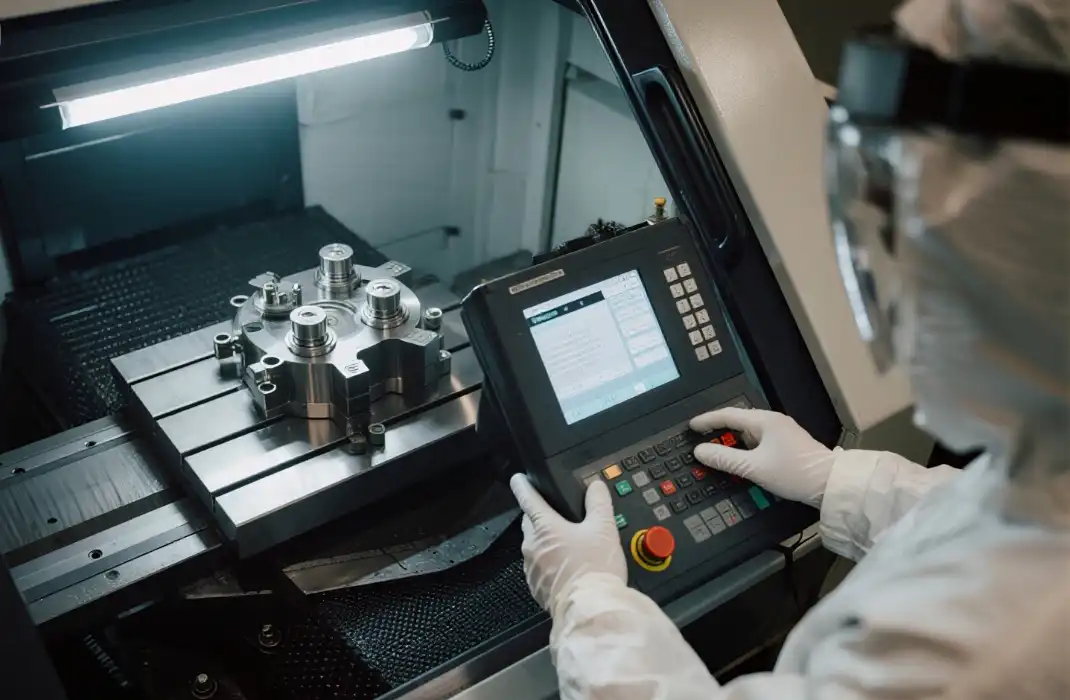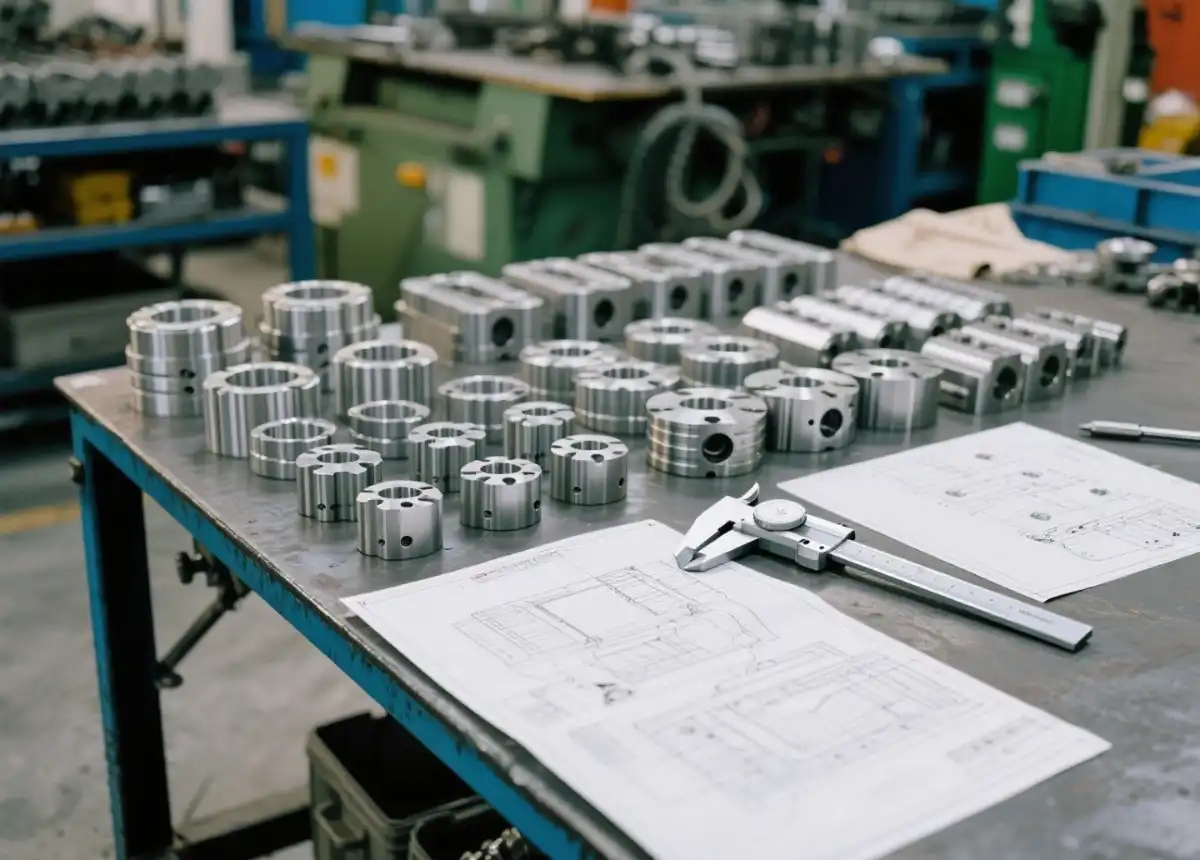What Is Plastic Injection Molding and How Does It Work?
Plastic injection molding is a versatile manufacturing process that creates precise, complex parts by injecting molten plastic into a custom mold. This method works by heating plastic pellets until they melt, then forcing the liquid plastic into a metal mold cavity under high pressure. Once cooled and solidified, the mold opens and ejects the finished part. This efficient process allows for mass production of identical plastic components with tight tolerances and excellent surface finishes. Injection molding is widely used across industries to produce everything from automotive parts to medical devices to consumer goods.
The Plastic Injection Molding Process Explained
Material Selection and Preparation
The initial phase of injection molding involves selecting an appropriate thermoplastic resin based on the functional, mechanical, and aesthetic requirements of the final product. Commonly used materials include ABS, polypropylene, polyethylene, and nylon, each offering distinct properties such as impact resistance, flexibility, or chemical stability. The selected plastic pellets are loaded into the hopper of the injection molding machine. A rotating screw then conveys the pellets through a heated barrel, where they are gradually melted into a homogeneous molten state, ensuring consistent flow and material behavior during the injection process.
Mold Design and Fabrication
Simultaneously, in plastic injection molding, a custom mold must be meticulously designed and fabricated to define the part’s geometry and structural features. Molds are typically constructed from hardened steel to withstand high pressure and repeated cycles. They consist of two primary halves: the cavity side, which forms the external surface, and the core side, which shapes the internal features. Critical elements such as cooling channels, ejector pins, and gating systems are integrated into the mold to facilitate efficient plastic flow, part ejection, and thermal management. Effective mold design is essential for achieving dimensional accuracy, minimizing defects, and optimizing production cycle times.

Injection and Cooling
After the mold is securely mounted and the plastic material is fully melted, the injection cycle commences. The screw acts as a plunger, injecting the molten plastic into the mold cavity under high pressure - typically ranging from 10,000 to 30,000 psi - to ensure complete filling and detailed replication. Upon contact with the cooled mold walls, the material begins to solidify rapidly. The mold remains tightly clamped during this phase to maintain part integrity and prevent deformities. Cooling time varies according to the material’s thermal characteristics and the part’s wall thickness, directly influencing the overall production efficiency and final product quality.
Key Benefits of Plastic Injection Molding
Cost-Effective for High Volume Production
Although injection molding involves significant upfront tooling costs, it proves highly economical for mass production. The process efficiently manufactures thousands of identical parts at high speed, drastically reducing the per-unit expense. Additionally, it generates less material waste compared to methods like CNC machining, thanks to its reusable molds and precision. For production volumes exceeding 100,000 units, injection molding is typically the most cost-efficient manufacturing solution available.
Design Flexibility and Precision
Plastic injection molding supports the production of highly complex and detailed part geometries that would be challenging with other techniques. It allows for integrated features such as living hinges, snap-fit connections, and custom textures without secondary operations. The process consistently achieves tight tolerances, often within ±0.005 inches, ensuring high precision and repeatability. This capability offers engineers remarkable freedom in designing innovative and functional products.

Material and Color Options
A broad selection of thermoplastic materials is compatible with injection molding, including standard resins like polypropylene and advanced engineering grades such as PEEK. Additives can be incorporated to improve properties like flame resistance, flexibility, or electrical conductivity. Custom color matching is easily achieved using masterbatch colorants, providing virtually unlimited aesthetic options. This versatility supports both mechanical performance and visual design requirements.
Optimizing the Injection Molding Process
Proper Mold Design
Careful mold design is fundamental to producing high-quality plastic parts and achieving efficient manufacturing operations. Critical aspects include optimizing gate locations and runner systems to ensure smooth plastic flow, reducing visible weld lines that weaken structural integrity, and incorporating adequate draft angles to facilitate easy part ejection. Additionally, effective cooling channel design and overall mold balance are essential to maintain uniform cooling and minimize warpage. Utilizing advanced simulation tools allows engineers to predict potential issues such as air traps or shrinkage and refine the design before manufacturing the mold. A well-engineered mold not extends tool life but also significantly decreases cycle times and scrap rates, contributing to lower production costs and improved product consistency.
Process Parameter Control
Achieving consistent and high-quality injection molded parts in plastic injection molding requires precise control over key process parameters. Injection speed, packing pressure, melt temperature, and cooling time must be carefully optimized according to the material characteristics and part design. Variations in these parameters can lead to defects such as short shots, sink marks, or internal stresses. Modern plastic injection molding machines are equipped with closed-loop control and real-time monitoring systems that allow fine adjustments and ensure process stability. Data logging capabilities also enable traceability and continuous improvement by tracking cycle-to-cycle variations. Maintaining tight control over the process enhances repeatability, reduces rejection rates, and ensures dimensional accuracy across production runs.

Material Handling and Preparation
Proper material handling and preparation are crucial yet often underestimated steps in the injection molding process. Moisture-sensitive polymers must be thoroughly dried to prevent issues like splay marks or hydrolytic degradation, which compromise mechanical properties. Contamination control - through closed containers, clean conveying systems, and dedicated hoppers - is essential to maintain material purity. Additionally, consistent feeding and uniform melting in the barrel and hot runner systems ensure stable viscosity and homogeneous melt, leading to better shot consistency and fewer defects. Establishing rigorous material handling procedures directly contributes to improved product quality, reduced waste, and more reliable production performance.
Conclusion
Plastic injection molding is a powerful and versatile manufacturing process that enables cost-effective production of complex plastic parts. By understanding the fundamental principles and optimizing each stage of the process, manufacturers can achieve excellent part quality and production efficiency. As materials and technology continue to advance, injection molding will remain a cornerstone of modern manufacturing across diverse industries.
FAQs
What materials can be used in plastic injection molding?
Common materials include ABS, polypropylene, polyethylene, nylon, polycarbonate, and acetal. The choice depends on the application requirements.
How long does the injection molding process take?
Cycle times typically range from a few seconds to a minute or more, depending on part size and complexity.
What are common defects in injection molded parts?
Common issues include sink marks, warping, flash, and short shots. Proper mold design and process control can minimize these defects.
Expert Plastic Injection Molding Services | BOEN
At BOEN, we specialize in high-quality plastic injection molding for prototypes and low-volume production. Our experienced engineers and state-of-the-art equipment ensure precise, cost-effective parts across various industries. From mold design to final production, we offer comprehensive solutions tailored to your unique needs. Contact us at contact@boenrapid.com to discuss your next project and experience the BOEN difference in plastic injection molding.
References
1. Smith, J. (2021). Fundamentals of Injection Molding. Polymer Processing Journal, 45(3), 123-145.
2. Johnson, A. & Lee, S. (2020). Advanced Mold Design Techniques for Plastic Injection Molding. Manufacturing Technology Today, 18(2), 67-82.
3. Brown, R. (2019). Material Selection for Injection Molded Parts. Plastics Engineering, 75(4), 32-48.
4. Williams, M. et al. (2022). Process Optimization in High-Volume Injection Molding. Journal of Manufacturing Systems, 62, 214-229.
5. Chen, Y. & Davis, K. (2018). Defect Analysis and Prevention in Injection Molding. Quality Engineering, 30(1), 45-60.
6. Thompson, L. (2023). Sustainability in Plastic Injection Molding: Trends and Innovations. Green Manufacturing Quarterly, 12(2), 78-93.

How Can We Help?

Your Trusted Partner in Rapid Manufacturing.



